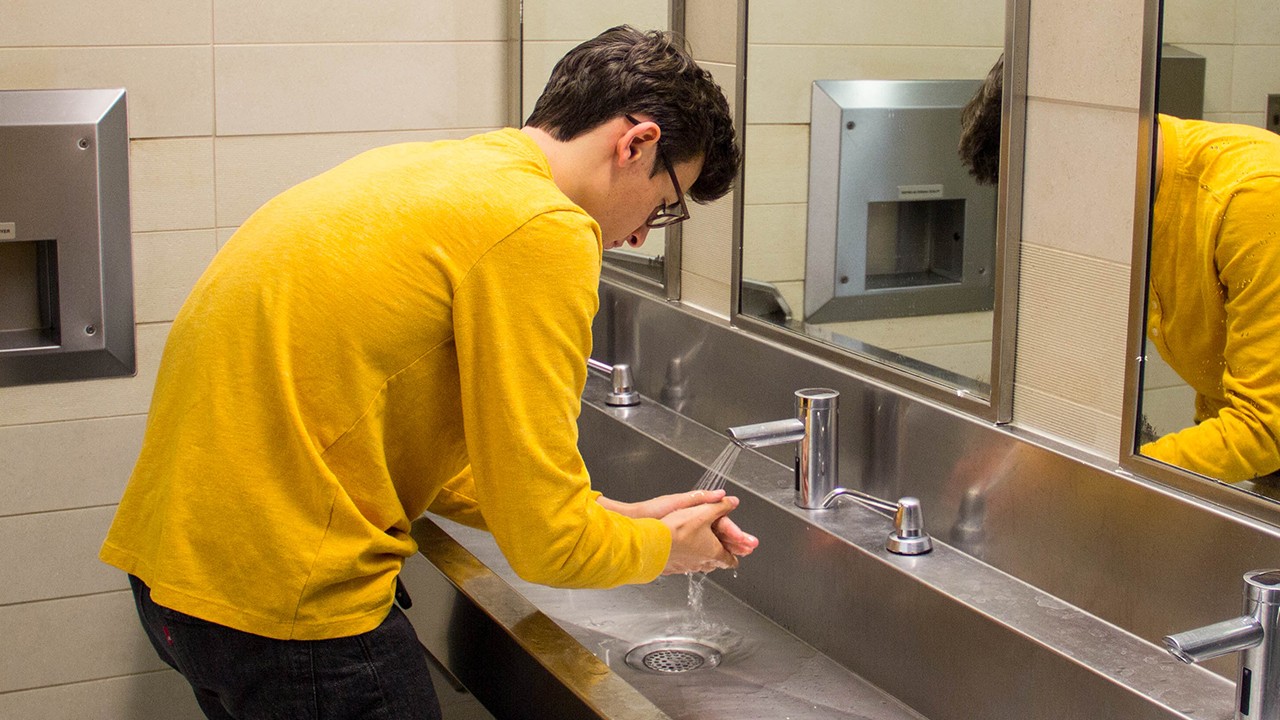Through social narratives, students can gain a clearer understanding of social situations. A narrative should clarify behavioral and social expectations, give information about others’ feelings and perspectives, and provide strategies to use in a given situation. The narrative should always be written from the perspective of the student so that they can more easily place themselves in the situation being described.
Thoughtful planning is an important first step in using social narratives. Clearly defining target behavior, collecting baseline data, and defining your criteria for mastery will help guide your instruction and allow you to best track your student’s performance.
How do I prepare a social narrative?
When planning the content of your social narrative, decide what information is relevant to your student. What does your student need to know about the situation? How do others feel in this situation? What can the student expect to happen and not to happen? What are some alternate behaviors the student could use? Say, for example, your student has difficulty following rules in the cafeteria, often getting out of their seat and shouting out to others. Important information to include in a social narrative targeting this behavior may look like this:
- There are rules that all students need to follow in the cafeteria.
- When I get out of my seat during lunch, it is distracting to others and can be unsafe.
- If I get out of my seat, my teacher will ask me to sit down.
- Instead of getting up, I can raise my hand to ask for help or permission.
Sentences within a social narrative typically serve one of two functions. They either direct (tell the student what to do) or describe (share information about a situation). Sentences that describe can fall into the following categories:
- Descriptive: Describe the who, what, when, where of a situation
- Perspective: Provide information about what others think or feel
- Cooperative: Tell the student how others may help in the situation
- Affirmative: Reassure the student or express a shared value
When writing your social narrative, it is recommended to use a ratio of one directive sentence to every 2–5 descriptive sentences.
Last, consider the presentation of the social narrative. It is important to match the language in the story to the developmental level of your student. Pictures or photos may also be used to enhance understanding of the written words. Choose a font size, number of pages or words, and length of narrative that match your student’s reading level.
While some students can process information all on one page, early readers may need the story presented as a book, with one or two lines per page. Adding a student’s special interest may help the student become more engaged with the story. Once the narrative is complete, be sure that it is easily accessible to the student when needed.
How do I introduce a social narrative?
Before reviewing a social narrative with your student for the first time, be sure to introduce the concept and highlight the most relevant points. It is OK for you to read the story, especially initially, but it can be even more powerful when the student reads the story themselves. The ideal time to review a social narrative is just prior to the situation you are targeting. In the previous example, it would be best for the student and teacher to review the narrative daily just before transitioning to lunch. It can be helpful to review the story at other times as well, as a way to reinforce and remind the student of the concepts.
Once your student has read the story, it is important to check their comprehension. Ask questions to be sure they understand the relevant points. Ask your student to summarize the narrative or reiterate the most important points themselves. It can also be useful to practice or roleplay the scenario if they learn best from experience.
Once the student is in the targeted situation—for example, during lunch period—be prepared to provide any necessary support. Additional prompting may serve as a reminder to them. Provide verbal praise when you observe the desired behavior. Or offer feedback based on the narrative to guide your student as needed.
How will I know the
intervention is working?
Be sure to have a plan for monitoring your student’s progress toward the desired outcome. Collect data on their behavior each time they enter the targeted situation. In the cafeteria example, you would take data every day on your student’s frequency of getting out of their seat at lunch. Use the baseline data that you took prior to the intervention as a reliable starting point to compare the progress to.
If your student is not making progress as expected, then do the following:
Review the content of the narrative
Does it provide all the relevant information for your student’s understanding? Does it clarify the expected behavior? Be sure to be mindful of the recommended ratio of directive to descriptive sentences (1:5).
Consider how the story is being presented
Does it match your student’s developmental level? Is it engaging? Can you add images to enhance your student’s understanding, or remove words or images to reduce distractions?
Find out whether your student fully understands the narrative
Be sure to check for comprehension by asking questions and having your student restate key parts of the story.
Revisit your target behavior and criteria
Without a clearly defined outcome, it is impossible to measure progress accurately. Also be sure the criteria for success are attainable for your student.
With proper planning and accurate monitoring, you can have a positive impact on your students’ behavior by using social narratives to support their understanding of what’s expected of them each day.


